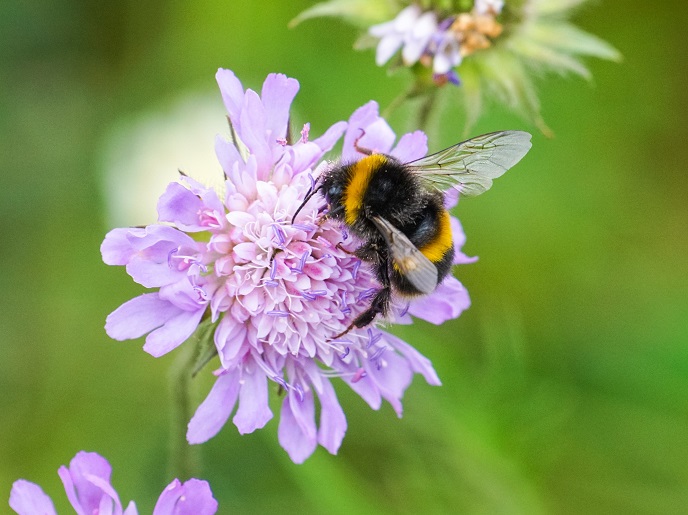Investigating the internal clocks of European and invasive insects
Nearly all organisms on Earth are governed by their internal cycles, natural biological rhythms that modulate all aspects of physiology and behaviour. The most well-understood are circadian 24-hour rhythms that evolved to anticipate the regular changes of day and night as Earth rotates about its axis. Recent patterns of global climate change mean that tropical insects are expanding into Europe. Studying the internal clocks of these insects and how they synchronise with the environment is therefore important because many are pests or potential vectors of disease. In the EU-funded CINCHRON project, researchers set up a series of experiments to learn more about how the internal clock responds at the molecular and neuronal level to the environmental stimuli of light and dark, warmth and cold. The study mainly focused on the model insect Drosophila, because of the repertoire of molecular genetic tools available. “With global warming, insect agricultural pests as well as those of medical importance such as mosquitoes are expanding their geographical ranges,” explains Charalambos Kyriacou, professor of Behavioural Genetics at the University of Leicester. “We need to understand changes in their circadian behavioural and their related seasonal hibernation responses as they adapt to new temperate environments,” he adds.
Understanding internal clocks
The CINCHRON project, undertaken with the support of the Marie Skłodowska-Curie Actions programme, had several main goals, including extending studies of the biological clock into insects of economic importance. These include the parasitoid wasp Nasonia vitripennis, which can be used as a biological control agent to parasitise and kill pest species, the pea aphid Acyrthosiphon pisum, a major pest of peas and alfalfa, and Bactrocera oleae which attacks olive trees. “We also studied two insects that are beneficially important – the silkworm and bumblebee,” says Kyriacou. The other major goal was to train a new cohort of PhD students in the techniques of insect molecular and comparative neurogenetics.
New insights into insect chronobiology
The CINCHRON team had key results in four focus areas: circadian, seasonal, metabolic and commercial chronobiology. For circadian chronobiology, significant progress was made in understanding how the daily internal clock maintains its cycles under different temperatures, a phenomenon known as temperature compensation. “Put simply, in the fly some clock neurons ‘tick’ quickly at hot temperatures, while others tick more quickly at cold temperatures so when they communicate, this generates a compensated stable 24-hour period at different temperatures,” explains Kyriacou. In seasonal biology, they found that insects living in Scandinavia had more flexible circadian behaviour than in southern Europe and could easily adapt to the extreme thermal and seasonal lighting regimes. This loosening of circadian clock control would be useful for an invasive species adapting to more extreme environments.
Fostering a new generation of insect scientists
The funding was used to train 15 new PhD students as investigators in modern insect comparative molecular chronobiology, an emerging and important field. Seventeen papers have already been published by the group. “The EU funding is primarily all about training young people in an area that is expanding rapidly, both academically and commercially,” notes Kyriacou. “A spin-off is that it also generates research output for the host laboratories in the form of publications.”
Keywords
CINCHRON, insects, chronobiology, circadian, rhythms, climate change, genetic, tools







